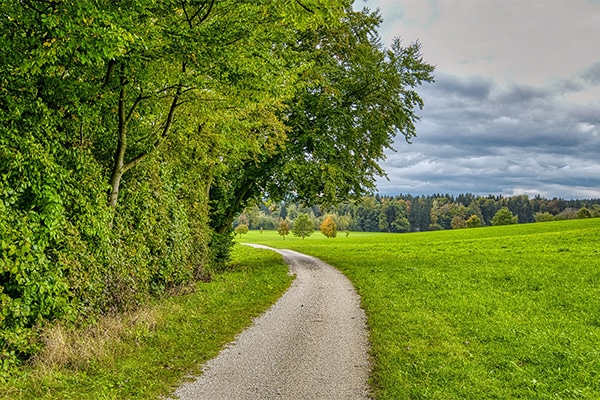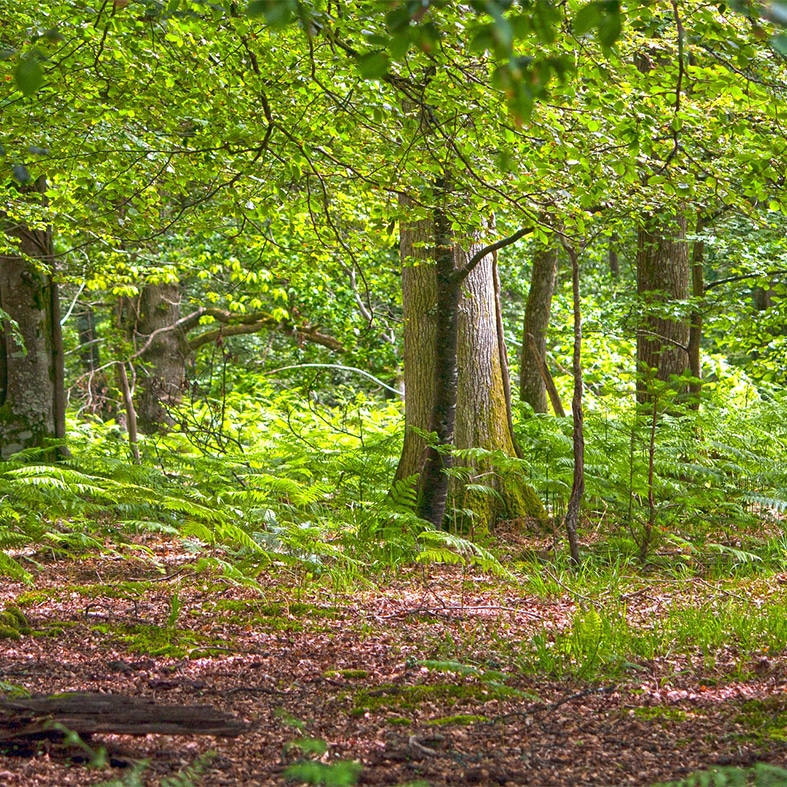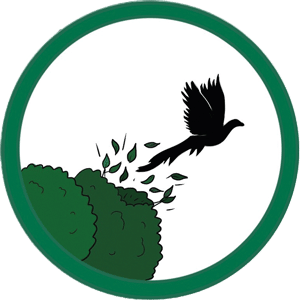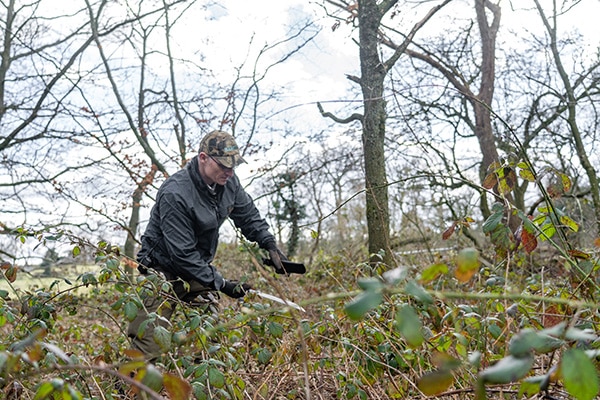
Creating open spaces
Creation of open spaces within woodlands is a simple starting point and one of the government’s key indicators for woodland health.
Get information on the legal shooting season for mammals and birds in the UK.
Learn about our current conservation projects and how you can get involved.
Comprehensive information and advice from our specialist firearms team.
Everything you need to know about shotgun, rifle and airgun ammunition.
Find our up-to-date information, advice and links to government resources.
Everything you need to know on firearms law and licensing.
All the latest news and advice on general licences and how they affect you.


Gamekeeping Land management Encouraging and managing natural regeneration
Woodlands provide habitats for many quarry species and shooting activities; they are also vital for storing carbon and supporting biodiversity in our landscapes.
Woodlands can be managed to promote both conservation and shooting interests through various techniques, many of which include encouraging natural processes.
Planting is only one way to encourage woodland expansion; allowing natural regeneration and colonisation of trees can also be a low-maintenance, cost-effective way of expanding woodlands, leaving trees adapted to the local conditions and ensuring their long-term survival.
Current government targets aim to increase woodland cover in order to improve carbon capture, connectivity and biodiversity across the landscape.
This is to be achieved through strategic planting as well as through natural process such as the regeneration and colonisation of trees.
Shoots are well placed in being able to assist with these targets and, in doing so, highlight how shooting and conservation are so intrinsically linked.

New growth insulates woodland edges and creates cover

Healthy sapling growth indicates that herbivore numbers are not damaging new growth

Regeneration expands woodland size and variety of tree ages

Rotting wood returns nutrients to the soil and improves soil health
Natural regeneration is the growth of trees from seeds that have been dropped by a nearby tree or in an area currently or recently covered by woodland; this is often called self-seeding.
Natural regeneration can also occur through ‘suckering’; the growth of a new stem from a tree’s root system, or ‘layering’, where a branch may touch the ground and form its own roots.
Natural colonisation occurs when seeds are transported to a new area that has not been covered by woodland, via wind, water, mammals, birds and many other vectors. The type of dispersal depends on the species of tree and the type of seed it produces, but the result of this process is the start of a ‘new’ woodland.
Natural regeneration has allowed many woodlands to persist in the same place for centuries.
Through natural colonisation, woodlands are also able to naturally expand. However, in the UK most woodland creation and expansion currently occurs through artificial planting of seeds and saplings.
Woodland regeneration and colonisation should not be seen as a sign of neglect but as a natural process that, when managed correctly, can enhance the quality of your woodland.
This guidance will primarily focus on regeneration – the growth of woodland from existing seed in the soil bank.
Different tree species can regenerate at different light levels and knowing this may help you manage what regenerates well.
Natural regeneration can increase the size of a woodland as well as give it a more varied age structure.
This varied age structure is great for gamebird release and management, providing different cover in which birds may shelter, roost and forage, as well as for wild gamebirds for nesting
and brood-rearing.
This varied habitat also supports a greater diversity of insects, wild birds and mammals which enhance the health and resilience of the woodland.
Regeneration can be a slow process, with some newly regenerating sites resembling scrubland rather than woodland for many years.
These ‘transition’ habitats are, however, important and diverse environments, often with a unique and high value for nature.
Regeneration can be especially important in old and ancient woodlands, as it enables the woodland to continue growing with trees that are well-suited to the local climate and resistant to endemic diseases.
The species that will grow are adapted to the soils present on site and young trees, in time, will replace the old, veteran and dying trees that preceded them.
Protecting woodland soils with continued tree cover, which can be rich sources of seeds, nutrients and fungi that support trees and their roots, is a key aspect of woodland management.
Trees and shrubs will colonise land by themselves; however, you may need to manage areas where seedlings start to grow and the density they are growing at.
Natural regeneration relies on nearby, existing woodland or a history of woodland and therefore a seed bank (dormant seeds buried in the soil) on the site.
Do you know the history of the woodland? What used to grow there? How was the woodland previously managed? There may be a seed bank within the soil that, if given enough space and light, will allow seedlings to start growing.
Germination of seedlings and growth of saplings requires light and space.
Fallen trees (due to death, managed felling and storms), create space and light for natural germination and growth of new trees. Try to leave fallen trees in places to reduce disturbance to these new seedlings.
Low-intensity coppicing and pollarding can also be a great way to allow light to reach the woodland floor without felling trees and severely disturbing the soil.
This increase in light will also benefit gamebirds by giving them access to sunlight to dry out after periods of rain.
Control of weeds and dense ground cover is vital for allowing young seedlings to grow and establish.
Extensive scrubby ground cover can mean seedlings are out-competed for light, water and nutrients. This does not mean clearing woodland of all brash.
Piling brash and leaving some areas of ground more open can provide excellent shelter and nesting habitat for gamebirds and wildlife, while also allowing natural regeneration to occur without competition from other plants or cover. It can also create flushing points for gamebirds, helping to develop drives.
Although regeneration itself requires no intervention, there are several management activities that can prevent or limit its extent such as ploughing, mowing and intensive livestock or herbivore grazing.
When woodlands have a high level of damage from herbivores including deer, rabbits and voles, natural regeneration is often prevented, as these browsing herbivores can stop young trees from developing and reaching maturity. Domestic livestock, if they gain access to woodlands, can have similar impacts.
Understanding what herbivore species are stopping regeneration is important before any management is embarked upon. Our advice sheet called Herbivore Damage details how to identify which species are causing damage and how to reduce that damage.
Anecdotal evidence indicates that very high densities of gamebirds may limit regeneration, due to compaction and enrichment. This may be particularly around feed stations and release pens but also favoured woodland margins.
Ensuring feed stations are moved regularly and gamebirds are released at recommended densities is important and details can be found in the Code of Good Shooting Practice and BASC’s guidance on creating a code-compliant pheasant release pen.
Some non-native species are invasive, in that they cause significant harm to the environment and we do not want to see them regenerate.
Some examples are rhododendron and snowberry, which may previously have been intentionally planted to provide cover. If already present in the wood, then take steps to remove them entirely. It will be better for the woodland and stops them taking opportunities to regenerate.
The basic yardstick to apply is: if it is a native species of local provenance, then it’s good to
let it regenerate.
A woodland with a mixed age structure can be created through encouraging natural regeneration or by planting saplings in semi-open mature woodland.
Planting and regeneration both encourage the continuous cover of woodland on a site, helping trees of different age-classes to grow together.
Continuous woodland cover can protect soils and maintain woodland habitat on site which can then support a persistent wildlife population. This avoids some of the environmental impacts of clear-felling and re-planting.
Natural regeneration is free and uses no plastic, unlike most tree planting. It also reduces the disturbance to soil that artificial planting can cause.
With natural regeneration, only the fittest of seedlings will grow into mature trees, suggesting they will be well adapted to the local environment.
Reducing the number of ‘new’ trees brought into the area can also reduce the risk of new pests and diseases arriving into the woodland.
Natural regeneration can be unpredictable, but if used in combination with planting, it can result in woodlands with not only mixed age classes but mixed species, making them more resilient to climate and disease threats.
If regeneration is occurring in concentrated clumps, it may be important to ‘re-space’ these growing saplings if timber production is one of the purposes of the woodland. Without enough space, these saplings will try to outcompete each other and result in poor quality trees or complete failure of growth.
Respacing involves the removal of some saplings to reduce their overall density. Saplings need to be completely removed from the ground to prevent regrowth from stumps.
This management practice is best undertaken after trees reach around 2m in height and can be used to select the better-quality saplings or encourage a mixture of species to grow together.
Ash dieback has decimated our ash stocks. There is no evidence that removing healthy ash affects the rate of disease in an area, unlike other diseases of tree species. Therefore, retain ash trees themselves and permit any ash saplings to regenerate wherever possible.
Natural regeneration can sometimes be seen as scrub or woodland encroachment.
Avoid encouraging natural regeneration in other important habitats for nature such as wildflower meadows, permanent glades or rides, as well as sites with important historical structures and features.
Natural regeneration may not be the best solution for some timber production woodlands due to its unpredictability, but in woodlands that are used for shooting, recreation and conservation purposes, it can bring many benefits.
Open space is important in woodlands. It provides sunny spots for gamebirds to sun themselves, as well as unique woodland edges for invertebrates and the wildlife that feed on them.
However, allowing open areas to fill in through natural regeneration provides other opportunities for wildlife. There are a couple of options to consider to keep the balance of regeneration and openness in balance for a healthy woodland.
This may be a good option where the open area is in a good place, like a flushing point on a game shoot or a favourable spot for deer management.
See our guidance on open areas in woodland for more information on open areas.
Facilitating natural regeneration may fall into a larger woodland management plan. For more information on grants and incentives for woodland management visit:

Creation of open spaces within woodlands is a simple starting point and one of the government’s key indicators for woodland health.

We offer support and advice to all of our members on poaching issues and setting up Poacherwatch schemes.

We run a wide range of courses designed to improve your skills in all areas of shooting, including running shoots and gamekeeping.
Sign up to our weekly newsletter and get all the latest updates straight to your inbox.
© 2023 British Association for Shooting and Conservation. Registered Office: Marford Mill, Rossett, Wrexham, LL12 0HL – Registered Society No: 28488R. BASC is a trading name of the British Association for Shooting and Conservation Limited which is authorised and regulated by the Financial Conduct Authority (FCA) under firm reference number 311937.
If you have any questions or complaints about your BASC membership insurance cover, please email us. More information about resolving complaints can be found on the FCA website or on the EU ODR platform.
This website uses cookies so that we can provide you with the best user experience possible. Cookie information is stored in your browser and performs functions such as recognising you when you return to our website and helping our team to understand which sections of the website you find most interesting and useful.
Strictly Necessary Cookie should be enabled at all times so that we can save your preferences for cookie settings.
If you disable this cookie, we will not be able to save your preferences. This means that every time you visit this website you will need to enable or disable cookies again.
This website uses Google Analytics to collect anonymous information such as the number of visitors to the site, and the most popular pages.
Keeping this cookie enabled helps us to improve our website.
Please enable Strictly Necessary Cookies first so that we can save your preferences!
More information about our Cookie Policy